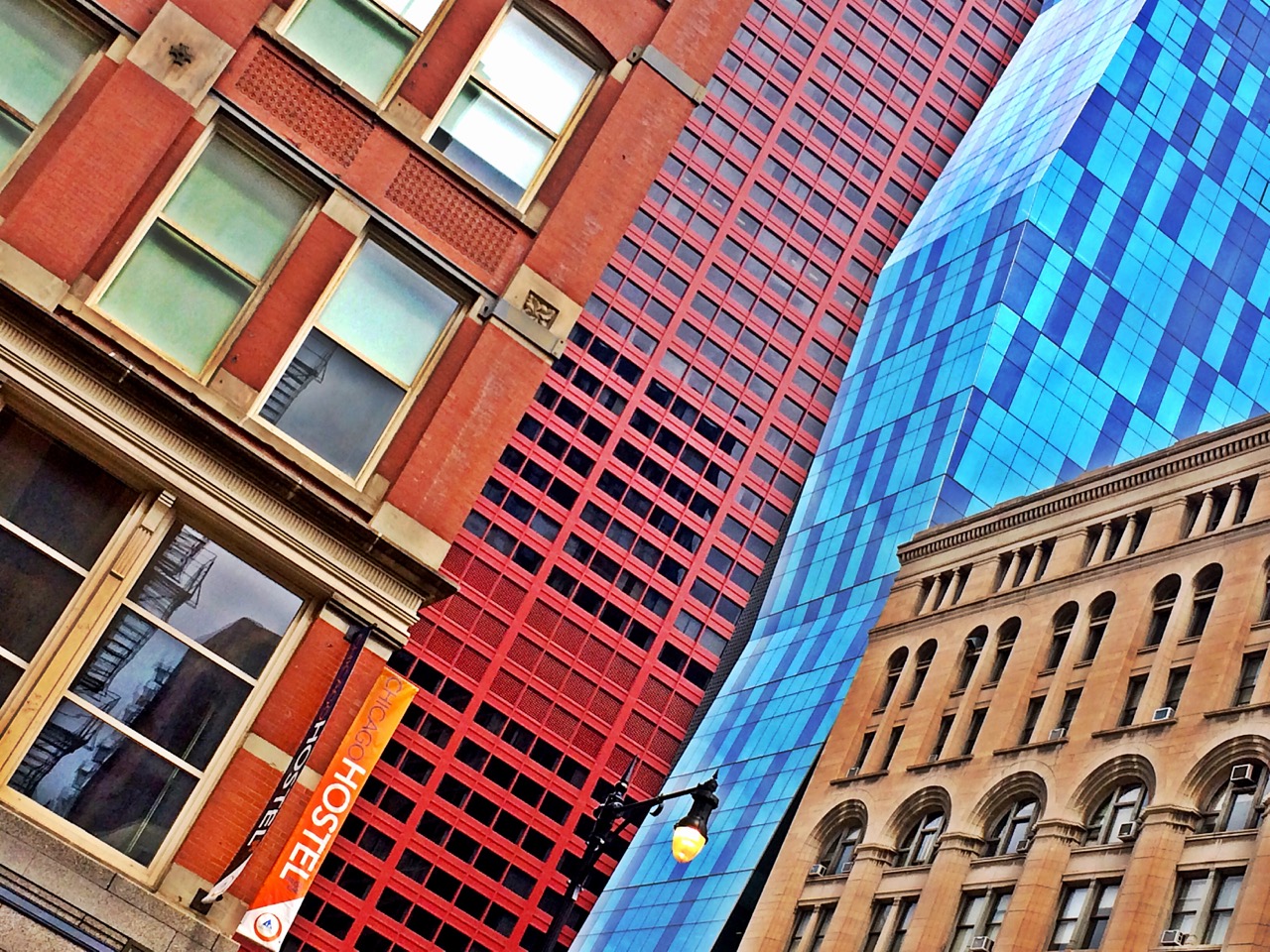AIA Architect Ι May 29, 2015 Ι Chicago Architecture Biennial co-artistic director Sarah Herda discusses Chicago’s place in the realm of architecture
Go to the Venice Architecture Biennale. Stroll the kaleidoscopic diversity of pavilions in the Giardini. Explore the wood-beamed brawn of the Arsenale pavilions, universally consistent and excellent. Check out the incredible wealth of design innovation that stops immediately at the Biennale’s door. What you won’t see: Cars, or any urbanism post-1850. It’s a theme park atmosphere, and not just because of the performance art installations and hordes of tourists dropping their gelato in Piazza San Marco. The city is entombed in the amber of historical protections.
Go to the Chicago Architecture Biennial this October. Gaze up at Daniel Burnham’s grandest Beaux Arts confections; there’s Aqua, Jeanne Gang’s, FAIA, definitive statement on the 21st century mixed-use tower; and the nation’s second elevated adaptively reused rail park, The 606. Chicago won’t stop growing for history. It’s a different story entirely; one that will be told both outside the gates of the exhibition, and told inside, with a dedicated exhibition featuring Chicago’s brightest young architects’ designs for their city.
As such, artistic directors Sarah Herda and Joseph Grima tapped Iker Gil, founder of MAS Studio and the influential design journal MAS Context, to bring together a group of 10 or so local designers to ponder the city’s legacies and futures.
From the late 19th century to middle of 20th century, all architecture roads let through Chicago. The litany: the proto-Modern skyscrapers of Louis Sullivan, Frank Lloyd Wright’s Prairie Style, and Mies van der Rohe’s perch over the plains at IIT, from where he sowed I-beams and puritanical minimalism across a continent. It’s not just a historical legacy. Today, Chicago still believes in architecture as a force for defining the future. Architects native to the city and beyond are coming there to grapple with post-industrial decline, gentrification, and, commonly hailed as the most “American of all American cities,” the most American of problems: how to soften the degradations of bone-crushing inequality. Herda sat down with AIA Architect to explain how any international exhibition of architecture must, at some level, start with Chicago.
AIA Architect: Why dedicate such a significant amount of real estate at this international biennial just to Chicago architecture?
Sarah Herda: We very much want the biennial to be a launching pad for all of the work being done here. On one hand, it is a global survey, but then [we want] to carve out space to have a specific conversation about Chicago, and give a platform for ideas that are brewing in the city.
AIA Architect: The Venice Architecture Biennale takes place in an exceptionally beautiful city that also happens to be frozen in time. Compared to this, Chicago is a free-for-all. How interested are you in using the city to demonstrate contemporary design and urbanism, and going where the Venice biennale can’t go?
SH: That one of the fundamental differences. We have from the beginning talked about the biennial as taking the city as the site. Not only the architectural legacy and those historical gems littered throughout the city, but also the urban context.
There’s also the opportunity to have different publics [visit] the biennial. The biennial will be free, open to the public, and happening in neighborhoods throughout the city. That takes on a different sort of scale and a way of being in the city.
AIA Architect: What can Chicago teach the wider world of architecture through its own urbanism?
SH: Chicago is grappling with its own legacy, and a lot of people that we’re talking to are taking that on; taking on the reality of what the [post-industrial] city is today, as opposed to what it was when it was created.
[We’re looking] at the opportunity inherent in parts of the city that people might not necessarily think of as being a fertile ground for new ideas. Even the spaces available because of empty lots; [they] create an opportunity to intervene in the street grid in a completely new way, ways that were inconceivable when it was built out. In the tradition of Chicago, people are working on really big speculative ideas—bold visions for the city.
AIA Architect: One of Chicago’s favorite pastimes of the last 30-40 years is hand-wringing about its precarious status as a “global city,” especially considering the long-simmering erosion of its industrial economy. Does the biennial address this identity, or offer a platform to comment on it?
SH: I think Chicago is a global city, as this is one part of enacting that. It’s a very different thing to do a major event like this and have it be focused on the world—our peers.
This history of Chicago architecture is a kind of shared knowledge. It’s part of the canon wherever you are in the world, you have a piece of Chicago with you, or you study Chicago architecture as part of your education. So it creates and interesting context to have a global conversation about the future of the field.
AIA Architect: What qualities were you looking for while you gathered participants for this part of the biennial?
SH: We were looking for projects that are parallel to ones we were selecting from around the world. They tend to be on the younger side, but they’re also really working to redefine the boundaries of the field in very different ways. In no way is it an exhaustive survey. There are a lot of people to choose from in Chicago.
